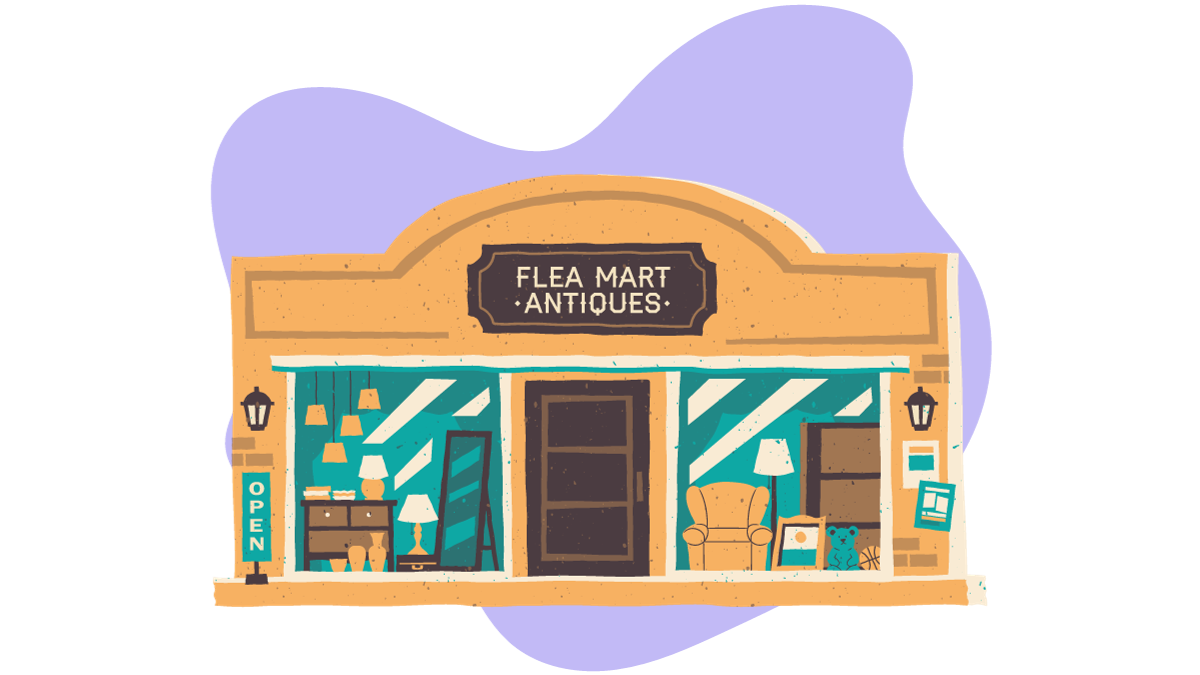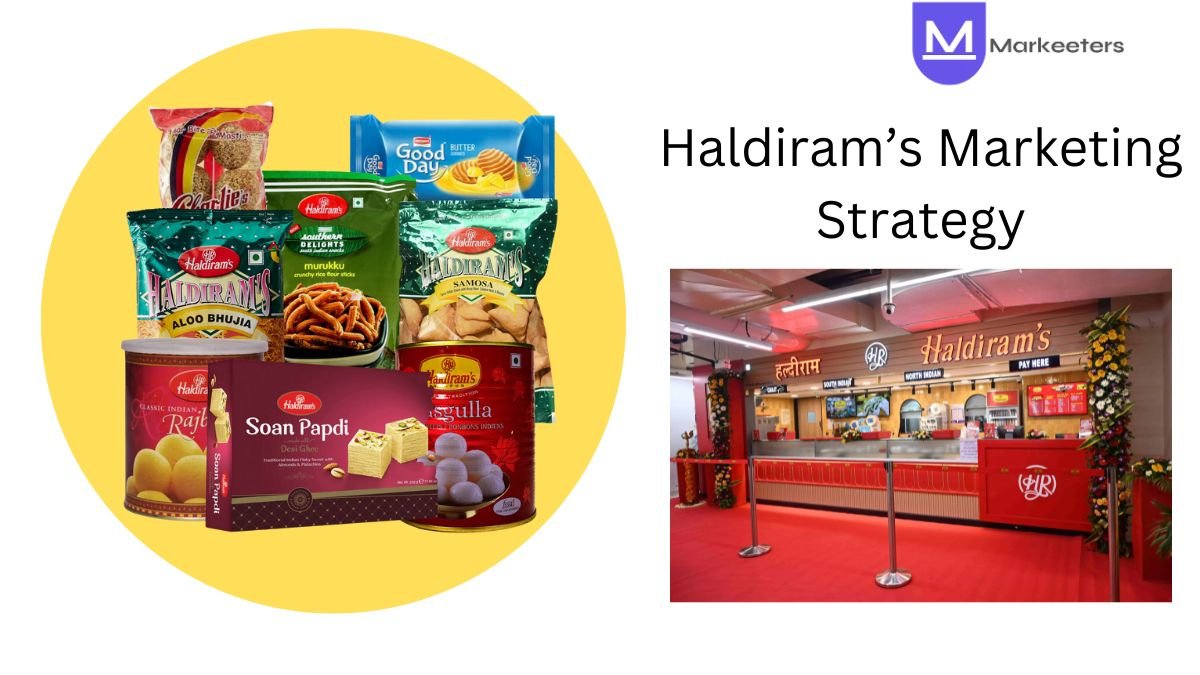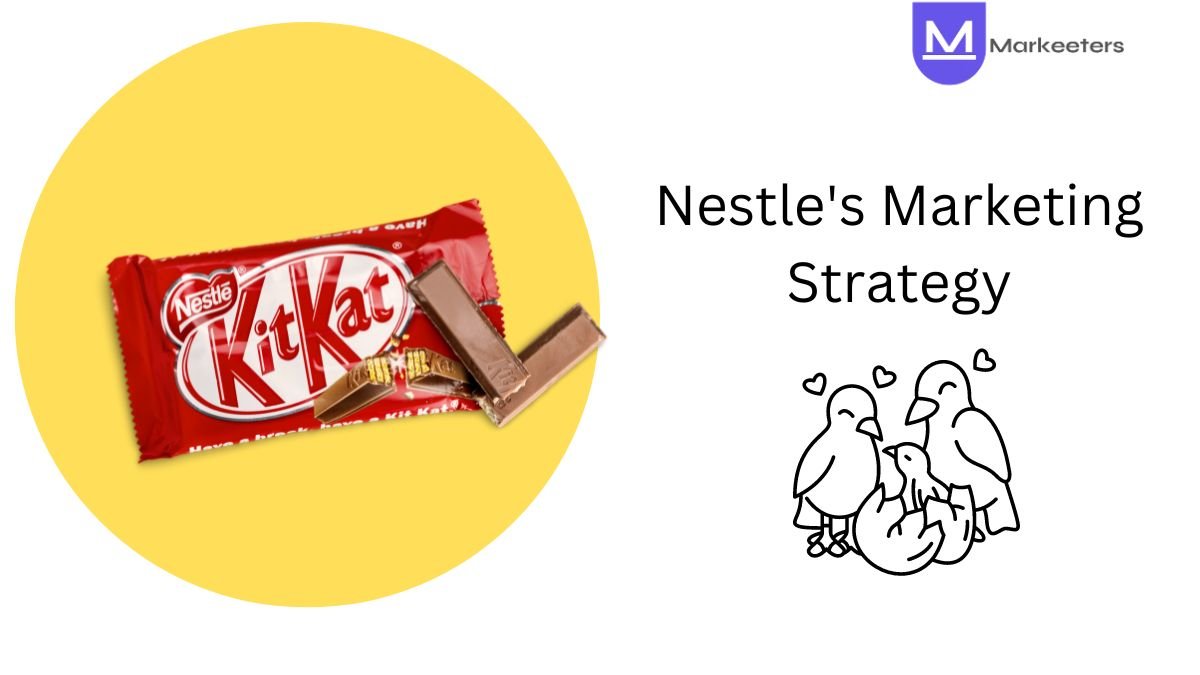Social media platforms offer a fantastic opportunity for antique stores to connect with collectors, vintage enthusiasts, interior designers, and individuals passionate about unique finds. This guide outlines effective strategies to leverage social media for increased visibility, engagement, and customer acquisition in the antique retail industry.
Target Audience
Identify the primary audience for antique store social media marketing:
- Antique Collectors & Enthusiasts – Engaging individuals passionate about collecting vintage items, seeking unique and rare finds.
- Interior Designers & Decorators – Targeting professionals and homeowners looking for eclectic pieces to complement interior designs.
- Local Community & Residents – Engaging local customers interested in unique home decor, gifts, or historical pieces.
- Event Planners & Prop Stylists – Attracting those sourcing vintage items for themed events, photo shoots, or theatrical productions.
Goals
Define the objectives of utilizing social media for antique store marketing:
- Showcase Unique Inventory – Highlighting the store’s unique pieces, rare finds, historical significance, and craftsmanship.
- Engagement & Interaction – Fostering engagement through storytelling, sharing historical backgrounds of items, and behind-the-scenes insights.
- Brand Positioning & Trust – Establishing the store as a reputable source for authentic and high-quality antiques.
- Conversion & Traffic Generation – Encouraging inquiries, store visits, or online purchases through engaging social media content.
Platforms to Focus On
Identify key social media platforms for antique store marketing:
- Instagram – Visual platform showcasing antique pieces, historical details, unique finds, and curated collections with engaging visuals.
- Facebook – Utilize business pages, share videos/photos of new arrivals, historical facts, customer testimonials, and engage with the community.
- Pinterest – Create boards featuring themed collections, decor inspirations, styling tips, or historical contexts of showcased items.
- Twitter (Optional) – Share quick snippets about new arrivals, historical anecdotes, or engage in antique-related conversations.
Content Strategies
Develop content strategies tailored for antique store marketing:
- Featured Item Showcases – Share high-quality images/videos of unique items, their history, craftsmanship, and stories behind them.
- Educational Insights & Historical Context – Create posts/videos revealing historical backgrounds, time periods, or cultural significance of antiques.
- Customer Stories & Testimonials – Showcase satisfied customers, share their stories, or highlight how they incorporated antique finds into their spaces.
- Promotions & Exclusive Offers – Promote special sales, discounts on selected items, or exclusive offers for social media followers.
Engagement & Conversion Tactics
Implement strategies to engage potential customers and convert social media traffic into store visits or inquiries:
- Call-to-Action (CTA) – Encourage followers to visit the store, inquire about items, or engage through clear CTAs in posts.
- Live Antique Insights & Q&A – Host live sessions discussing historical periods, identifying authentic pieces, or answering audience questions.
- Behind-the-Scenes & Restoration Stories – Share restoration processes, highlight the efforts in preserving antiques, and showcase before-and-after transformations.
- Community Engagement & Antiques Discussions – Encourage discussions, trivia, or share insights into different historical periods and antique collecting tips.
Analytics & Optimization
Utilize analytics to measure and optimize social media performance for engagement, conversions, and brand awareness:
- Engagement Metrics – Monitor likes, comments, shares, and engagement across social media platforms.
- Traffic & Conversion Tracking – Track website visits, inquiries, store foot traffic, or sales generated from social media referrals.
- Audience Insights – Understand demographics, interests, and engagement patterns for targeted content and ad campaigns.
- Campaign Optimization – Adjust strategies based on performance, analyze successful content, and refine targeting for ads or promotions.
Challenges & Solutions
Address potential challenges in antique store social media marketing:
- Authenticity & Trust – Communicate authenticity through storytelling, provenance details, or certifications for unique pieces.
- Online Reputation & Reviews – Encourage satisfied customers to leave positive reviews, manage negative feedback professionally, and respond promptly.
- Inventory & New Arrivals – Regularly update inventory showcases, announce new arrivals, and create anticipation for unique finds.
- Niche Audience & Engagement – Foster a sense of community, share knowledge, and engage with niche antique enthusiasts to build a loyal following.
Conclusion
Effectively leveraging social media can significantly enhance visibility, engagement, and foot traffic for antique stores. This guide provides strategies for engaging collectors, showcasing historical pieces, and building a robust online presence in the antique retail industry.







